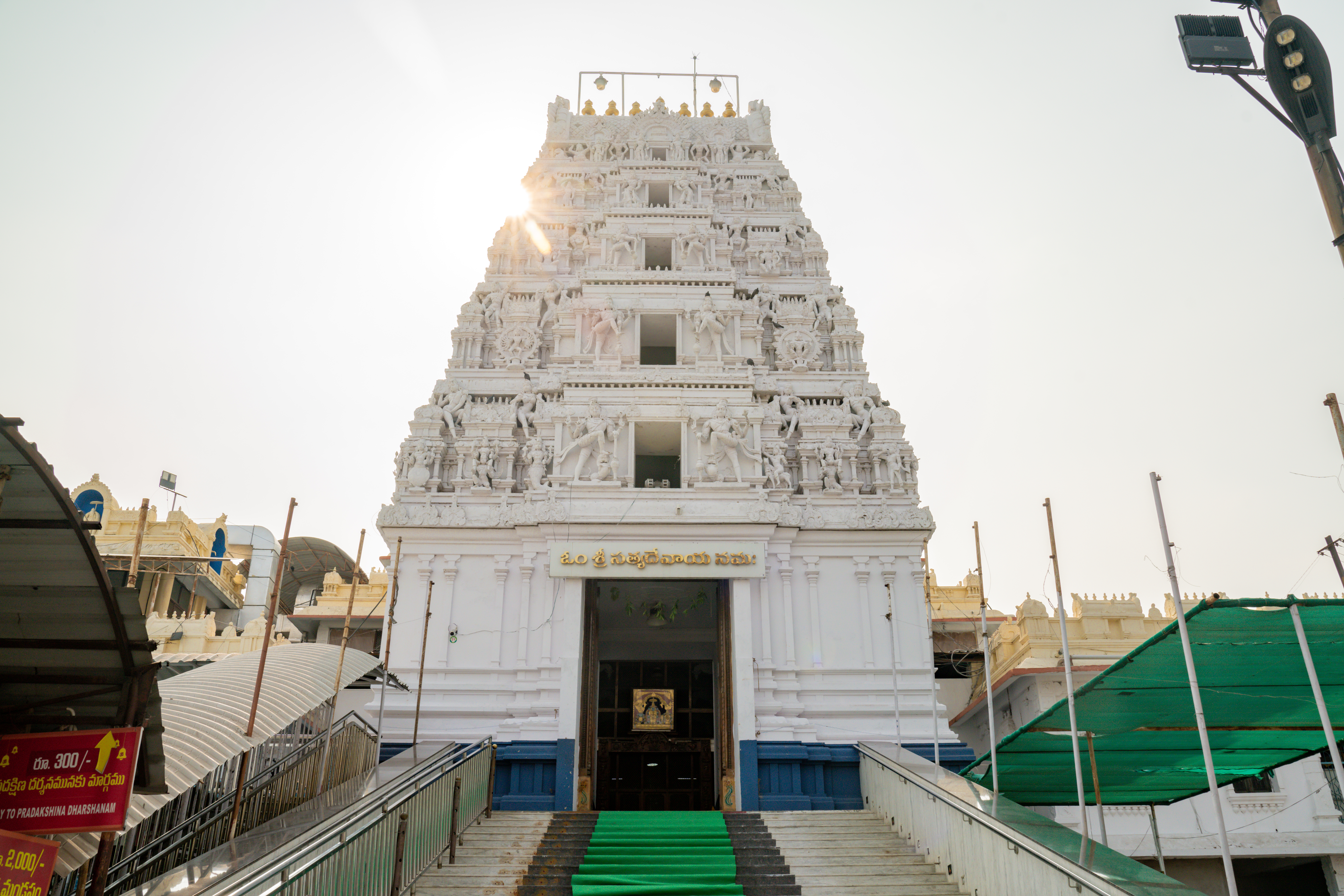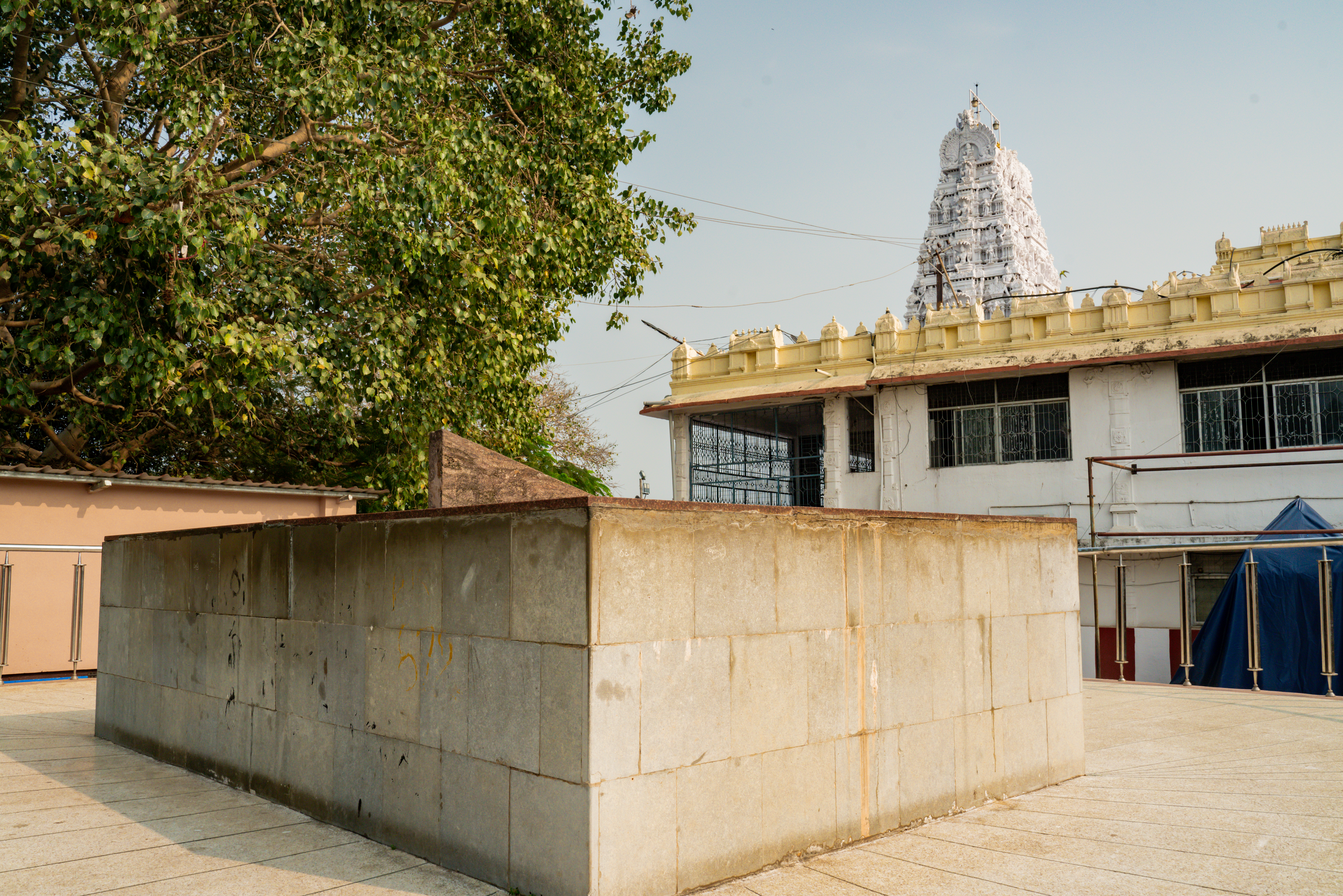The legend of Ratnagiri Hill tells the story of Meruvu (lord of the hills) and Menaka (his consort), whose penance resulted in the birth of their sons Bhadra and Ratnakar.
Bhadra performed penance to please Lord Vishnu with his devotion. As a result, with the grace of Lord Vishnu, he transformed into Bhadrachalam, where Lord Sri Rama settled permanently. Inspired by his brother, Ratnakara also performed penance to please Lord Vishnu, who, pleased by Ratnakara's devotion, settled on Ratnakara as Veera Venkata Satyanarayanaswamy, with Ratnakara becoming known as Ratnagiri Hill.
Ratnagiri Hill is also linked to two notable historical events. It is said that Sri Krishnadevaraya of Vijayanagar used secret underground passages in these hills to launch surprise attacks during his invasion of the Kalinga kings. Additionally, Alluri Seetharama Raju, the Andhra revolutionary, reportedly used these hills as secret hideouts for himself and his followers during his fight against British rule.
Earanki Prakasam, a Brahmin from a village, had a dream in which he encountered the Lord. The Lord revealed that his idol had been abandoned on the hill and needed to be rediscovered and re-consecrated. Earanki Prakasam shared this revelation with Sri Raja I.V. Ramarayanam, the Zamindar of Gorasa from the Kirlampudi estate. Together with other villagers, they searched for the idol on the hill. When they found it, they worshipped and installed the idol at its current location on Sravana Suddha Vidiya of the Telugu year Khara (1891 A.D., Fasli 1301).
Built on the hill, the main temple provides a pleasing view of the Bay of Bengal (11 miles away) on one side and the Eastern Ghats on the other. Green fields and the Pampa River encircle the hill. The hillock itself stands about 300 feet above sea level, with approximately 300 well-laid stone steps leading to the top.
When they discovered the idol in 1891, they initially built a small shed. Over time, villagers and nearby devotees worked together to build a temple. The temple was reconstructed in 1933–34 using locally available stone. When this structure became dilapidated, it was reconstructed again in 2011–2012.
Temple had an elephant pillars mandapam which was renovated 10 years ago. All the stone remains of the mandapam were stored in temple premises. We successfully collected a stone from that location.

